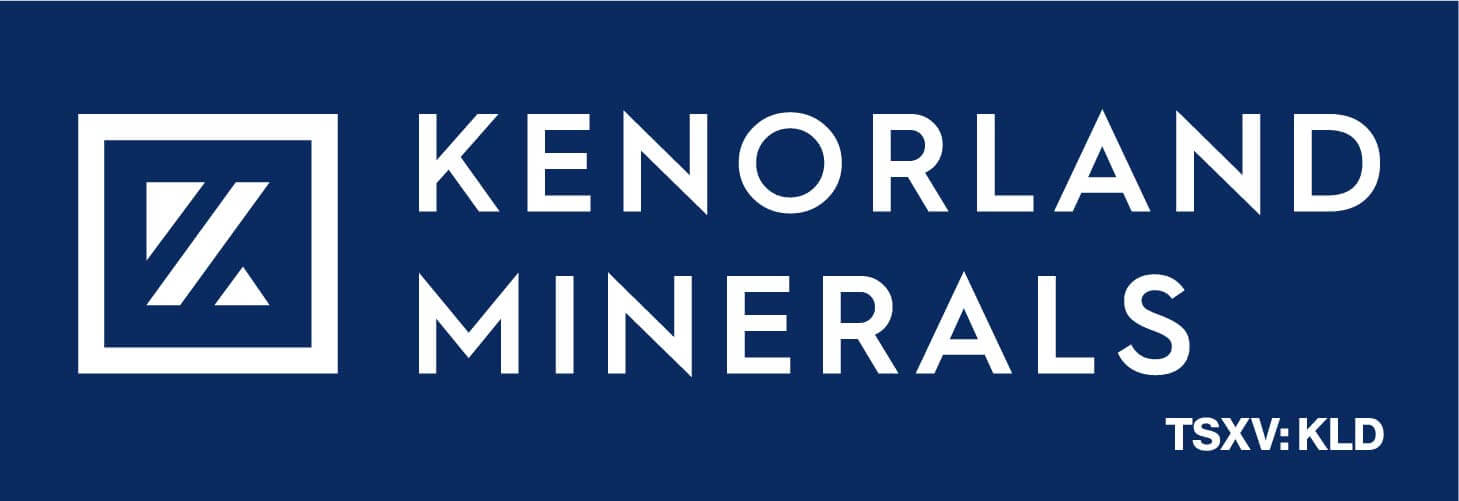Aeris Project Feasibility Study: Horne Smelter Proposes a New Optimized Approach to Achieve its Environmental Targets
ROUYN-NORANDA, QC, June 10, 2025 /CNW/ – The Horne Smelter is unveiling today the conclusions of the feasibility study for its Aeris project, launched in 2024. This rigorous process, carried out with top internal and external expertise, aimed to objectively evaluate the project from multiple perspectives: technical, environmental, occupational health and safety, as well as financial.
The Aeris Project, in its current form, is not feasible
The study’s conclusions appear clear to us: given the complexity of the Aeris project, implementing it fully would compromise the operational stability, as well as long-term viability of the plant, and would have extended the timeframe to achieve our emissions targets. However, this work allowed us to identify an optimized approach that, we hope, will achieve the desired environmental performance.
Three key findings emerge from the study:
- The project involves complex construction. Building on existing infrastructure, combined with challenging ground conditions and a large number of unavoidable interferences, would make construction extremely challenging.
- Integrating Aeris would require significantly more equipment and infrastructure than originally anticipated. It would mean a complete overhaul of the production process, which would also take much more time.
- Successfully introducing new technologies at the plant depends on essential technical conditions that are not currently met. Their integration could impact the entire production chain—even the ability to produce copper itself.
An Optimized Approach to Reach 15 ng/m³
Considering the work conducted during the feasibility study, and building on the results of transitional measures to improve air emissions already implemented, the Horne Smelter has developed an optimized approach to aim to reach the arsenic target: an annual average of 15 ng/m³ in ambient air, measured at the sampling station closest to the Smelter (legal station).
This new strategy includes encapsulating the smelting zone—encompassing all key equipment such as the reactor, Noranda converter, converters, and anodes—to better control emissions at the source. This will be combined with high-performance purification systems, already proven and compatible with the current process. This approach offers the potential to deliver of tangible, material improvements in air quality, while safeguarding the safety, operational stability, and long-term sustainability of the smelter. The new optimized approach we wish to propose, as well as its implantation timeline, will require governmental approvals
“I’m extremely proud of the rigorous work carried out by our teams. Thanks to their commitment, we’ve found a solution that will allow us to deliver results with more predictability than Aeris. This is excellent news for the Rouyn-Noranda community and our teams,” said Vincent Plante, Executive General Manager, North America Copper Value Chain. “Moreover, our 2024 results clearly demonstrate the effectiveness of this new direction: the average arsenic concentration in ambient air, measured at the legal monitoring station, has dropped by 46.5% since 2022, reaching 39.1 ng/m³ in 2024—below the regulatory ceiling of 45 ng/m³. 99% of the urban area of Rouyn-Noranda has an average arsenic concentration equal to or below 15 ng/m³. The team and I look forward to engaging with our stakeholders regarding this optimised approach.”
About Glencore Horne Smelter
The Horne Smelter, a division of Glencore Canada, is a metallurgical facility internationally recognized for its copper processing operations. It produces 210,000 tonnes of copper and precious metals annually. In addition to its renowned expertise in processing complex materials, the Horne Smelter plays a key role in North America in processing metal-bearing recycled products. The facility employs more than 650 people in its Rouyn-Noranda plant in Quebec, and works with many contractors. All its copper anode production is shipped to CCR Refinery in Montréal, where another 500 workers contribute to the North American copper and critical minerals value chain.
SOURCE Glencore Canada Corporation







